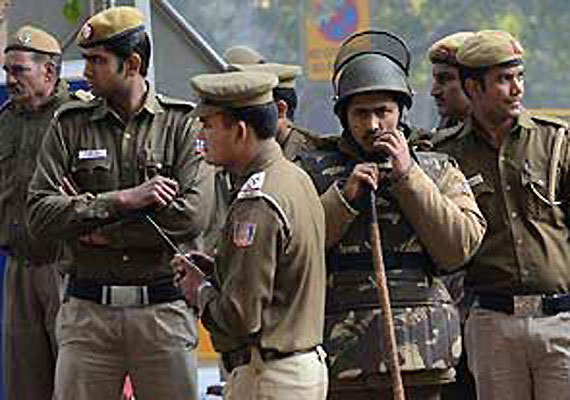
Additional Sessions Judge Virender Bhat also observed that as per the statement of the girl, she would have got many opportunities to raise an alarm and seek help from co-passengers or railway police or she could have escaped from the custody of the accused while being taken to Siliguri in West Bengal but she did not.
It said that “such conduct of the prosecutrix (girl) goes on to suggest that she was accompanying accused (youth) voluntarily and without any allurement, force or threat”.
“In view of the inconsistencies in the statement of the girl, I find it difficult to believe her testimony. She (girl) is not a truthful and trustworthy witness. Even otherwise also, her testimony does not inspire any confidence at all. “She was in the train with the accused for about two days before they reached Siliguri (West Bengal). During this long period of two days, the accused may have definitely slept for considerable time and also may have visited the washroom of the train,” the judge said.
The youth was arrested by the police on the complaint of 12-year-old girl's mother, who had alleged that her neighbour on February 2, 2012, had kidnapped her daughter while she was returning home from school.
The police had said that during the course of probe, the elder brother of the accused came to the Najafgarh Police Station here and handed over the girl as well as his brother.
The police booked the accused for rape after the girl had stated them that she was allured by him, taken to Siliguri and was raped by him.
The prosecution examined 16 witnesses to bring home the guilt of the accused.
However, the youth in his statement before the court had claimed innocence. He told the court that he and the girl were in love with each other and intended to marry.
His counsel said the youth had come to Delhi at the request of the girl as her family members intended to marry her with somebody else.
The court, however, acquitted him of all charges relying on the medical evidence which do not confirm rape. “The allegations of rape do not get any corroboration from the medical evidence or forensic evidence. During the gynaecological examination of the girl, no injury was found on her private parts. As per the FSL report, no male DNA could be found ...,” the judge noted.
The judge also considered the submissions of the various witnesses and found that the girl and the accused had not even slept together in the same room.

















